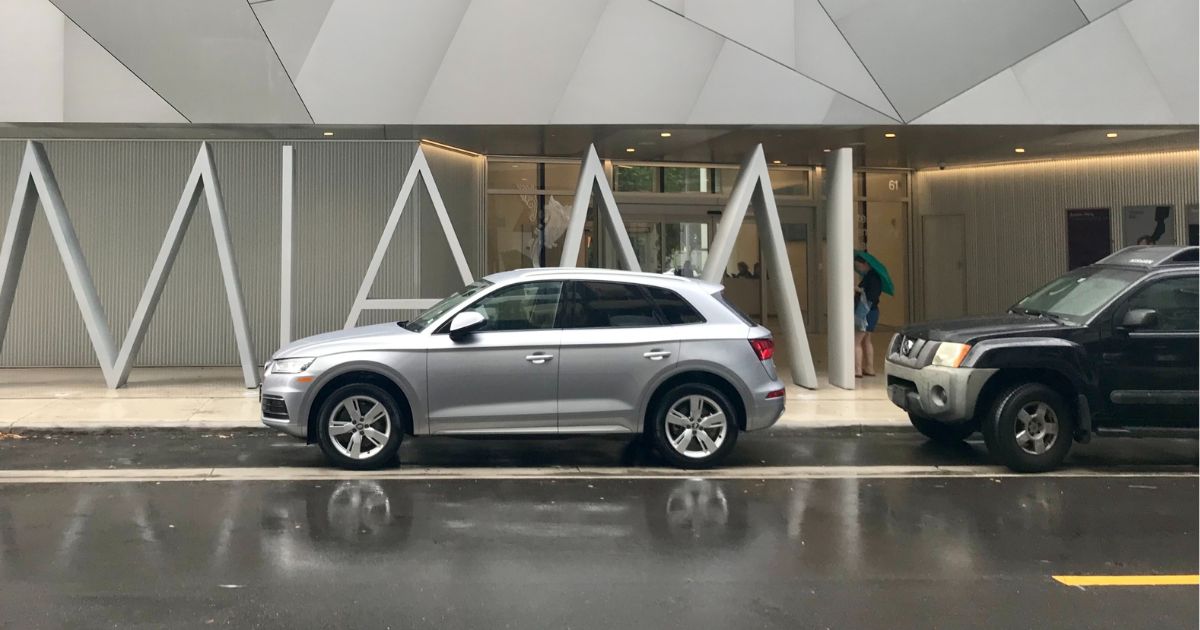Top Parking Tips For Ev Drivers
As electric vehicles (EVs) continue to gain popularity in Australia, finding convenient and accessible charging options has become increasingly important for EV drivers. Whether you're a seasoned EV owner or considering making the switch, these top parking tips will help you navigate the world of EV charging and parking with ease.
The electric vehicle revolution is well underway in Australia, with adoption rates accelerating rapidly. According to recent data, EV sales in Australia increased by 161% in 2023 compared to the previous year, highlighting the growing demand for sustainable transportation options. As more Australians embrace EVs, it's crucial to understand the nuances of EV parking and charging to make the most of this eco-friendly technology.
Plan Ahead for Charging Opportunities
One of the most important tips for EV drivers is to plan ahead when it comes to charging. Unlike traditional petrol stations, EV charging stations may not be as readily available in all areas. To avoid range anxiety and ensure a smooth journey, it's essential to map out potential charging stops along your route.
Fortunately, there are several helpful resources available to assist with this planning process. Apps like PlugShare and ChargePoint allow you to locate nearby charging stations, check their availability, and even plan your route based on charging needs. Additionally, many EV manufacturers offer their own apps with built-in charging station locators and route planners.
Planning your EV charging stops in advance not only helps reduce stress during your journey but also allows you to take advantage of optimal charging times and locations. This proactive approach can save you time and ensure you're never caught off guard with a low battery.

Understand Different Charging Options
EV charging stations come in various types and power levels, each offering different charging speeds and compatibility. It's crucial to familiarize yourself with these options to make informed decisions about where and how to charge your vehicle.
The most common types of EV chargers include:
Understanding the capabilities of your vehicle and the available charging options can help you choose the right type of charging cable and plan your charging stops more effectively.
Take Advantage of Home Charging
While public charging stations are becoming more prevalent, home charging remains one of the most convenient and cost-effective options for EV owners. Installing a home charging station allows you to charge your vehicle overnight, ensuring you start each day with a full battery.
Home charging offers numerous benefits, including cost savings and convenience. As stated by EVSE Australia, "After covering the cost of installation, electric bill charging costs will be cheaper compared to payments in public charging stations." This means that over time, home charging can be more economical than relying solely on public charging stations
If you're considering installing a home charging station, it's worth exploring government incentives and rebates that may be available in your area. These can help offset the initial installation costs and make home charging an even more attractive option.

Be Mindful of Charging Etiquette
As the number of EVs on Australian roads continues to grow, it's important to practice good charging etiquette to ensure fair access for all drivers. Some key points to remember include:
By following these guidelines, we can foster a positive and supportive EV community that benefits all drivers.
Explore Workplace Charging Options
Many employers are now offering workplace charging as an employee benefit. If your workplace doesn't currently have EV charging facilities, consider discussing the possibility with your employer. Not only does workplace charging provide a convenient charging option, but it can also demonstrate a company's commitment to sustainability.
The City of Adelaide, for example, has implemented over 50 electric vehicle charging stations across the city and North Adelaide, showcasing how local governments and businesses can support EV adoption through infrastructure development.

Stay Informed About EV Parking Regulations
As EV adoption increases, parking regulations are evolving to accommodate the unique needs of electric vehicles. It's important to stay informed about these changes to avoid potential fines or inconveniences.
For instance, some cities are implementing new regulations for EV parking bays. In the City of Adelaide, "new regulations make relevant on-street parking bays next to electric charging stations for electric vehicle charging only" with a maximum charging time of 2 hours. Familiarizing yourself with local EV parking rules can help you avoid penalties and ensure a smooth parking experience.
Conclusion
As Australia continues to embrace electric vehicles, understanding the ins and outs of EV parking and charging becomes increasingly important. By planning ahead, familiarizing yourself with charging options, and practicing good charging etiquette, you can make the most of your EV experience.
Remember, the transition to electric vehicles is not just about individual convenience – it's about contributing to a more sustainable future for all Australians. As Daniel Battaglia, author of Parking Made Easy: Making Life Easier, notes, "With more cars than ever on the roads, and with a shift to electric not changing that, the future of parking looks to be heading in multiple directions."
By following these top parking tips for EV drivers, you'll be well-equipped to navigate this evolving landscape and enjoy all the benefits that electric vehicle ownership has to offer. Don't forget to share your own EV parking experiences and tips in the comments below, and sign up for free to stay updated on the latest EV parking developments!
**Daniel Battaglia, ParkingMadeEasy.com.au:** As part of the ParkingMadeEasy.com.au team with the assistance of Generative AI, Daniel Battaglia offers his experience in the car parking industry. He is dedicated to providing valuable information and resources to help you make smart parking choices and has been widely quoted in national media outlets. Connect with Daniel directly at daniel@parkingmadeeasy.com.au for further assistance.






